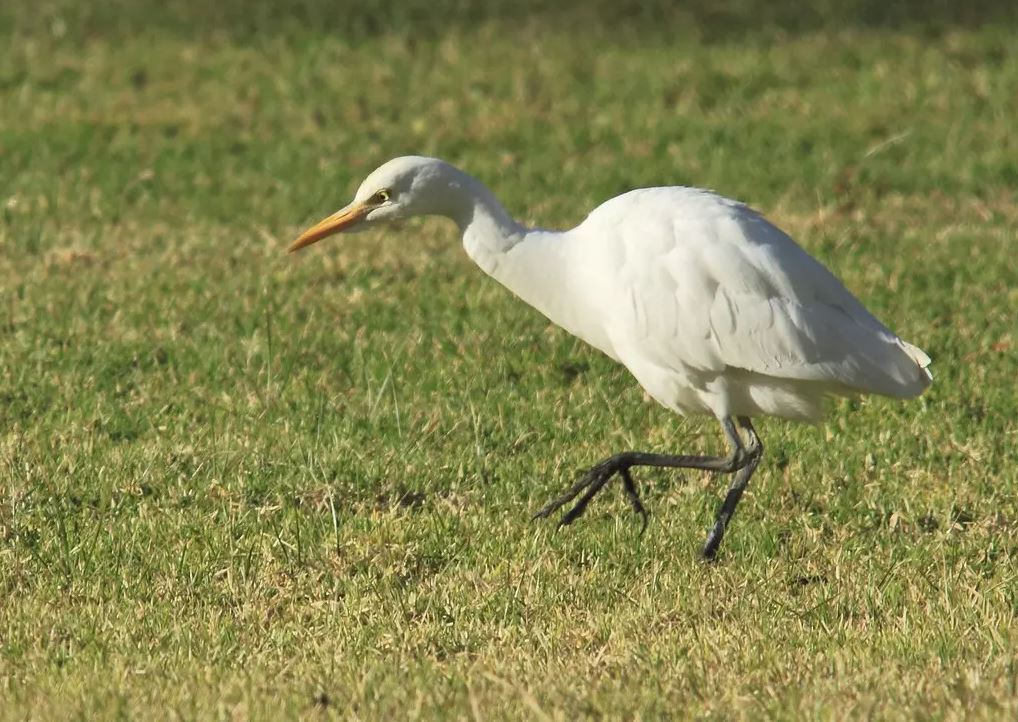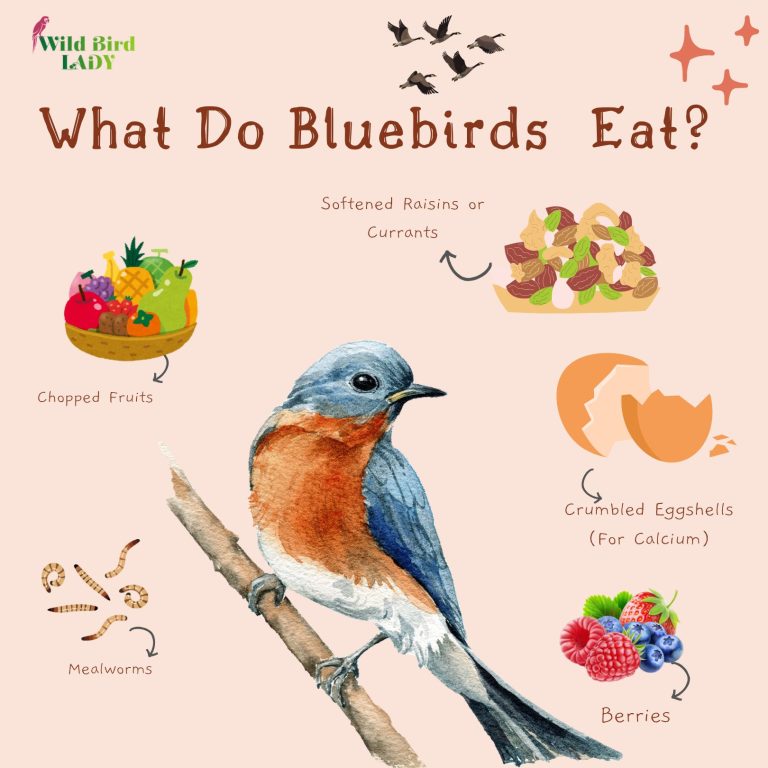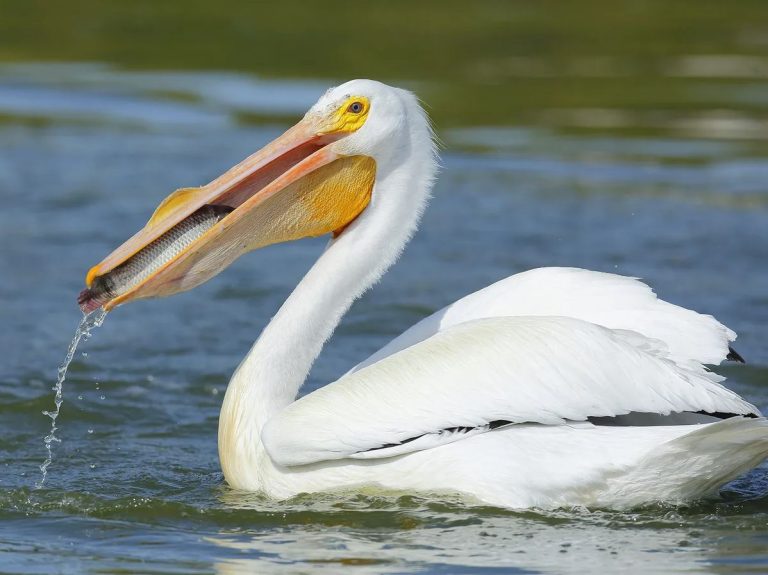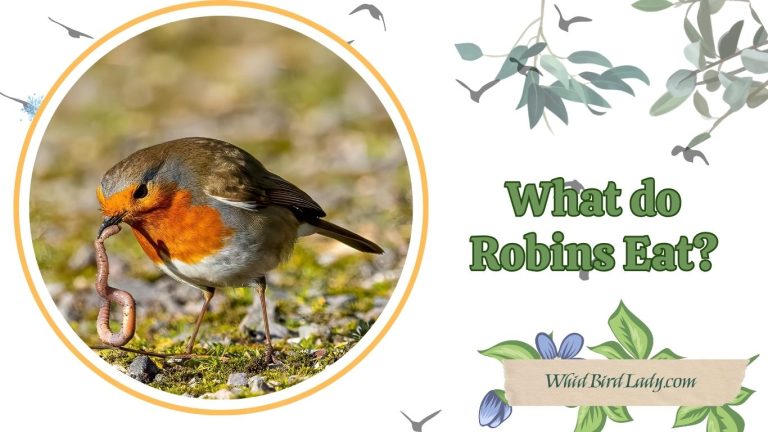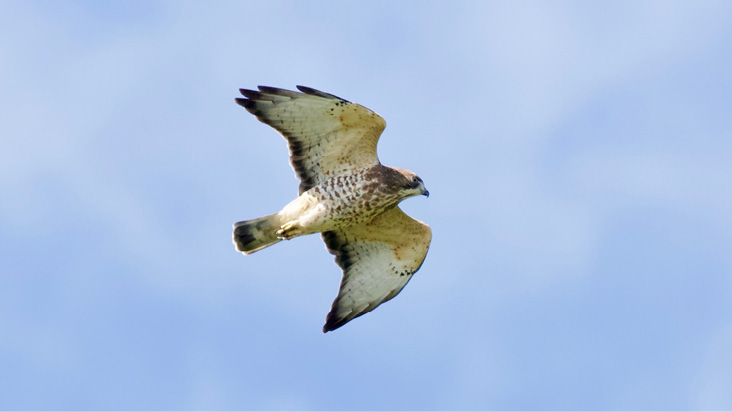What Do Egrets Eat? A Deep Dive into the Diet of These Elegant Waders
With their snowy white plumage, long legs, and graceful hunting style, egrets are some of the most captivating birds you’ll encounter in wetlands, shorelines, and marshes. But have you ever stopped to wonder: what do egrets eat to fuel their elegant lives?
In this comprehensive guide, we’ll explore the egret diet across species and habitats—what they eat in the wild vs. captivity, their seasonal adaptations, and how they hunt. Whether you’re a bird lover, wildlife photographer, or backyard naturalist, this article will help you better understand the egret food chain and its ecological significance.
Overview: What Is an Egret?
Egrets are members of the heron family (Ardeidae) and are closely related to herons and bitterns. The term “egret” typically refers to white-plumed herons such as:
- Great Egret (Ardea alba)
- Snowy Egret (Egretta thula)
- Little Egret (Egretta garzetta)
- Cattle Egret (Bubulcus ibis)
- Reddish Egret (Egretta rufescens)
They’re best known for their elegant posture and stealthy hunting style, but their dietary habits are just as fascinating.
What Do Egrets Eat in the Wild?
Egrets are carnivorous wading birds, and their diet is predominantly made up of small aquatic and terrestrial animals. Here’s a breakdown of their typical wild diet:
Aquatic Prey:
- Fish (primary food source for most species)
- Frogs and tadpoles
- Crustaceans (crayfish, crabs)
- Mollusks (snails)
- Aquatic insects and larvae
Terrestrial Prey:
- Grasshoppers and locusts
- Beetles
- Spiders
- Lizards
- Rodents (occasionally)
- Earthworms
According to the Cornell Lab of Ornithology, egrets such as the Snowy Egret primarily consume small fish like mosquitofish, killifish, and minnows, but supplement their diet with insects and crustaceans depending on habitat availability.
Hunting Techniques: How Egrets Catch Their Prey
Egrets are visual hunters. They rely on their keen eyesight and patience to spot and capture prey. Their most common hunting techniques include:
- Standing Still: Waiting motionless for prey to approach.
- Slow Stalking: Moving deliberately through shallow water to flush prey.
- Foot Stirring: Shuffling their feet to disturb fish or invertebrates.
- Bill Snapping: A lightning-quick lunge with their sharp beak.
Some species, like the Reddish Egret, even use shadow casting by raising their wings to reduce glare and better see underwater prey.
Diet by Egret Species
Great Egret (Ardea alba)
- Mostly fish (perch, sunfish)
- Frogs, snakes, and small mammals
- Hunts in wetlands, estuaries, and rivers
Snowy Egret (Egretta thula)
- Prefers small fish
- Also eats shrimp, insects, and amphibians
- Uses active foraging like running or hopping
Cattle Egret (Bubulcus ibis)
- Primarily terrestrial insects: grasshoppers, flies, beetles
- Follows livestock to catch disturbed prey
- Sometimes eats frogs or small reptiles
According to the Audubon Field Guide, the Cattle Egret’s diet is 95% insects when away from water.
Little Egret (Egretta garzetta)
- Diet similar to Snowy Egret
- Focuses on small fish, shrimp, and aquatic insects
- Often forages in groups
Reddish Egret (Egretta rufescens)
- One of the most animated foragers
- Darts, jumps, and spreads wings to catch fish
- Eats crustaceans and insects too
Seasonal Variation in Egret Diet
Like many birds, egrets adjust their diet depending on seasonal availability of prey:
| Season | Common Food Sources |
|---|---|
| Spring | Amphibians, aquatic insects (breeding season energy boost) |
| Summer | Abundant fish and crustaceans |
| Fall | Frogs, grasshoppers, migrating insect swarms |
| Winter | In southern climates, fish and invertebrates; in colder areas, diet leans on terrestrial prey like rodents and beetles |
What Do Egrets Eat in Captivity?
In zoos or rehabilitation centers, egrets are fed a diet that replicates their wild nutritional needs:
- Frozen fish (smelt, minnows)
- Live feeder insects (mealworms, crickets)
- Supplemented calcium and vitamins
- Occasional amphibians or baby rodents (for enrichment)
Captive diets aim to support feather health, beak strength, and natural behaviors.
Role in the Ecosystem
Egrets are vital parts of wetland ecosystems. Their predatory habits:
- Regulate fish populations
- Control insect outbreaks (especially mosquitoes and grasshoppers)
- Serve as indicators of ecosystem health
Because they feed across both aquatic and terrestrial food webs, egrets help balance multiple trophic levels.
Do Egrets Eat Harmful Pests?
Yes! Especially Cattle Egrets, which are famous for:
- Following livestock and consuming ticks, flies, and grasshoppers
- Reducing insect burdens on cattle
- Acting as natural pest controllers in agricultural landscapes
In fact, Cattle Egrets were introduced to South America and North America in the early 20th century specifically for biological pest control and quickly expanded their range.
FAQs About Egret Food Habits
Do egrets eat snakes?
Yes, especially larger species like the Great Egret will eat small water snakes when available.
Can egrets eat mice?
On occasion. Though not their primary diet, egrets may consume small mammals, especially in winter or in dry fields.
Do egrets drink water?
Egrets get most of their moisture from prey, but they do drink freshwater when needed.
Do egrets scavenge?
Very rarely. Egrets prefer live prey and are skilled hunters, not scavengers.
Are egrets aggressive feeders?
Yes, especially when food is scarce. They may chase each other or defend prime foraging spots.
Conclusion: Elegant Hunters with a Carnivorous Edge
While their beauty captures our eyes, it’s the egret’s dietary adaptability and predatory skill that truly makes them a marvel of nature. From stalking minnows in shallow streams to gobbling grasshoppers in cow pastures, these elegant birds are efficient, opportunistic, and essential to the ecosystems they inhabit.
Understanding what egrets eat helps us appreciate their role in the environment and encourages conservation of the habitats that sustain them.
Read Also: Can Birds Eat Popcorn? A Birdwatcher’s Guide to Popped and Unpopped Corn

